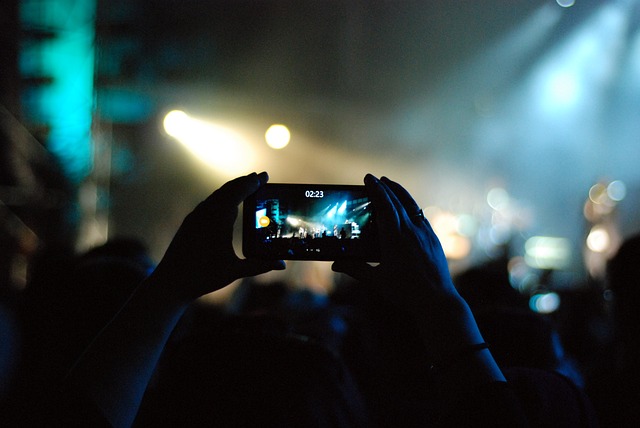Midjourney, a name synonymous with innovative rendering that has undergone a significant evolution in the AI content creation landscape, is now setting its sights on the video space.
This strategic shift marks a pivotal moment for the company known for its impressive AI-powered rendering tool running on its Discord server.
Midjourney’s expansion into video creation not only signals growth for the company, but also reflects a broader trend in the AI industry toward more dynamic and complex forms of content creation.
As the boundaries of AI’s capabilities continue to expand, Midjourney’s move from still images to moving video represents a natural and ambitious progression.
This move is poised to stimulate the competitive dynamics of the prolific video industry by offering new possibilities and challenges in the creation of AI-generated content.
Midjourney’s venture into video production could herald a new era of creative possibilities that will reshape the way visual content is produced and consumed for both creators and consumers in the digital environment.
Training the Video Model: A Natural Progression

Midjourney’s foray into the world of video creation begins with an ambitious plan to train its new video model, as CEO David Holz explains.
This training phase, which is planned to start in January, is the first step in the journey, which is expected to take several months towards the launch of the final product.
This timeline reflects both the complexity of developing a reliable and advanced video rendering model and Midjourney’s commitment to maintaining standards of quality and innovation.
This development builds on the already mature display model that Midjourney has perfected and leverages the knowledge and experience gained to venture into the more complex video arena.
As the company embarks on this new initiative, the AI community and users are eagerly awaiting the improvements and capabilities that the new model will bring.
Midjourney’s approach, known for its emphasis on quality and user experience, suggests that its foray into video production will be both a thoughtful and effective contribution to the field of generative AI.
Navigating a Competitive Environment

Midjourney is entering the already vibrant and competitive prolific video industry as it prepares to introduce its text-to-video model.
This space is full of major players, each carving out their own niche with unique offerings, such as Stability AI’s Stable Video Diffusion, Meta’s EMU, and emerging technologies like Pika and Runway ML.
Therefore, Midjourney’s entry is not just an entry into new territory, but also a strategic move in an environment full of innovation and competition.
What sets Midjourney apart in this competitive arena is its well-established reputation for quality and user-centered design; these characteristics defined its success in image creation.
Midjourney’s focus on these aspects could offer a distinct advantage in the video creation market, where users are looking for not only technological prowess but also intuitive design and high-quality output.
By leveraging its established strengths and applying them to video production, Midjourney can differentiate itself from competitors who prioritize speed or raw talent by offering a unique blend of artistic quality and AI sophistication.
Wider Impact on Creative Industries

The introduction of Midjourney’s text-to-video model appears to have significant implications for the creative and media industries.
The ability to create high-quality video content through AI opens up a world of opportunities for creators, from filmmakers to advertisers to individual artists and content creators.
This technology can level the playing field in content creation by democratizing video production, allowing those without extensive resources or technical skills to produce professional-quality videos.
What’s more, the potential for AI-generated video to transform the media landscape extends beyond just content creation.
It can redefine storytelling by allowing creators to bring complex visions to life more easily and flexibly.
For industries that rely on visual narratives, such as advertising and entertainment, the impact can be profound, offering new ways to engage audiences and convey messages.
However, this progress also brings challenges, especially in terms of copyright issues and the ethical use of artificial intelligence in content production.
As technology evolves, so will the need for guidelines and best practices to ensure the responsible and respectful use of AI in creative work.